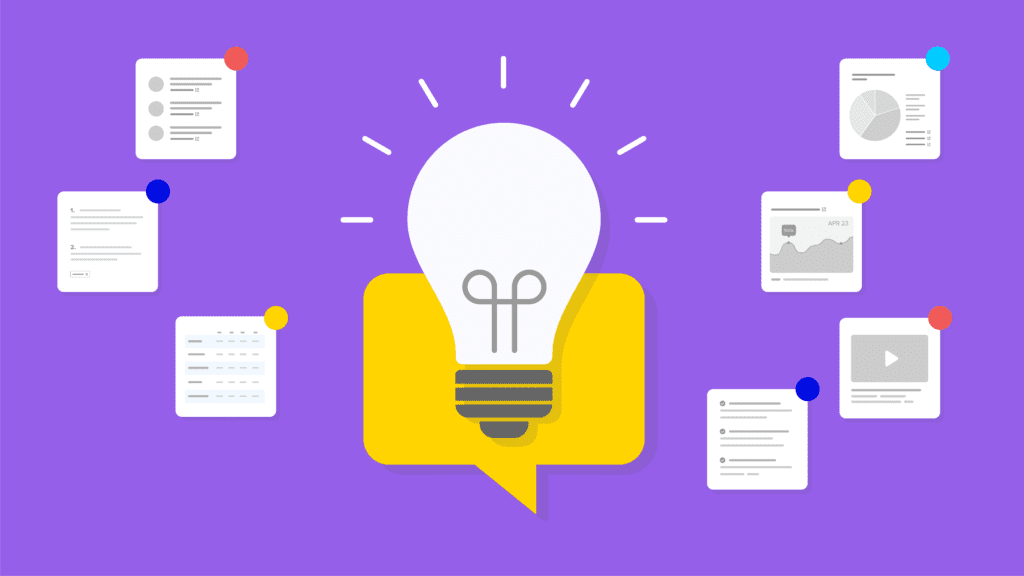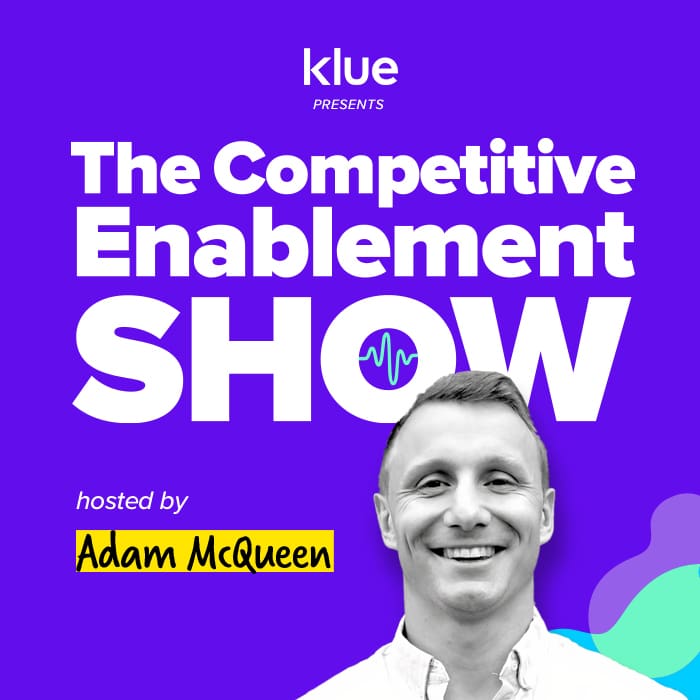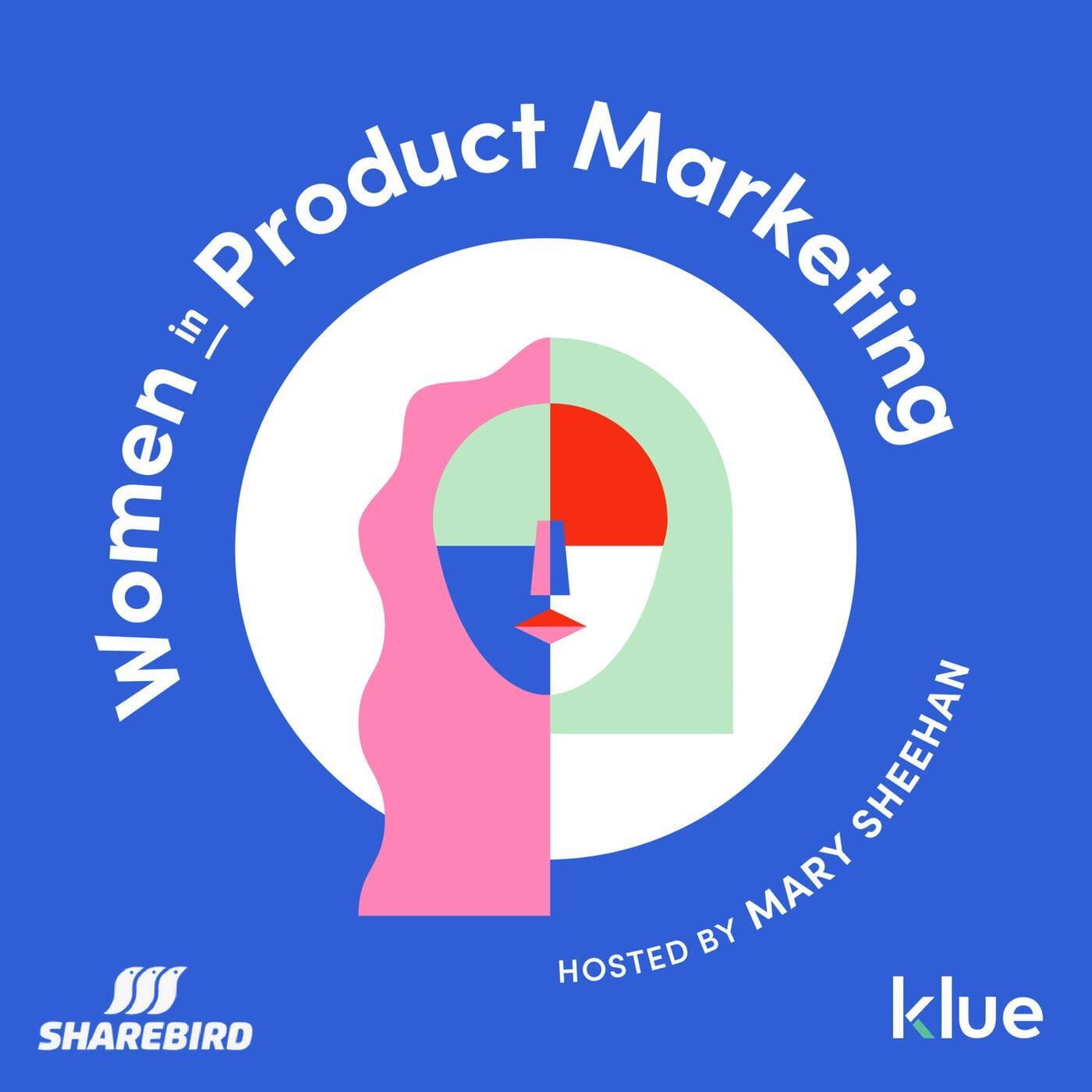Competitive Marketing 101, Is Seller Intel Reliable?, Netflix Catastrophe
If you’re not using sellers as a source of win-loss intel you’re doing it all wrong.
Of course, if you’re ONLY using sellers you’re doing it really, really wrong.
The best win-loss intel comes from interviews with buyers. Those who became customers, and those who chose a different route.
So where does seller-sourced intel fall short? And how can buyer intel pick up the slack?
We’ll dive into that and more in today’s edition of ☕ Coffee & Compete
Here’s what’s on tap:
– Blindspots Season 3 Premiere launching May 31st
– Six Competitive Selling Techniques You Need to Know
– Competitive Marketing 101: Always Keep the Receipts
Let’s roll,
Ben ⚾
P.S. Wanna learn more about how you can leverage AI to compete? Check this out
Can Seller Intel Be Trusted?


What’s the delta between the intel you get from sellers and what you get from buyers?
It makes sense to talk to the eyewitnesses who were there when it all went down. You have to talk to your sellers.
But if you’re the former CEO of Demandware, Tom Ebling — a company that sold to Salesforce for $2.8 billion dollars — you know that you have to go deeper.
He says it’s essential to get buyer intel through win-loss analysis to understand the complete picture.
“It wasn’t night and day between what the sales reps and the buyers were telling us. But as we got the objective data from [win-loss analysis] there was a lot more nuance and consistency from one deal to another.”
Sales reps have a tendency to attribute losses to things that are easy to point to (i.e. pricing, and product features — all things that are worth analyzing).
But Tom found that only through buyer intel were they able to identify trends like a lack of responsiveness in the sales cycle, or that the prospect had a pre-existing relationship with the competitor.
These insights are powerful. And ones you aren’t going to get consistently if you’re only tapping into sellers and CRM data.
The power of win-loss analysis is simple:
- Better understand your buyer
- Better understand your competition
- Use those insights to make better decisions and win more deals
But don’t take our word for it. Hear it from the executives, founders, and investors who can’t imagine a world without win-loss insights.
We’re talking…
Vijay Gupta (Chief Growth Officer at Emplifi)
Tom Ebling (former CEO, Demandware)
Chris Fountain (Operating Partner at Frontier Growth)
Ray Grady (former SVP, GM B2B Commerce at Salesforce)
And you can hear them all on Season 3 of the Blindspots podcast hosted by none other than Ryan Sorley — founder of DoubleCheck Research and Klue’s VP of Win-Loss.
Season 3 launches May 31st on the Compete Network.
Catch it on YouTube, Spotify, Apple Podcasts or wherever you get your podcasts!
6 Competitive Selling Techniques from the Experts


91% of 300 revenue leaders we surveyed said deals are more competitive this year than last. (More on that wicked-awesome report next week )
The competition is getting tougher and you need to follow suit.
So we took the best bits from our interviews with expert sellers on the Competitive Enablement Show and put together a list of six competitive selling techniques you need to know.
1️⃣ Find the weakness in your competitor’s strength
2️⃣ Handle objections using the ARR Framework
3️⃣ Don’t bash your competitors; be diplomatic
4️⃣ Make your competitive play EARLY in the sales cycle
5️⃣ Ask for consent when calling out a competitor
6️⃣ Drive a value wedge between you and your opponent
Check out the full interviews with David Priemer, Chris Orlob, Leigh Quinlan, and Qayam Noorani for a master class in selling.
And dive deeper into these six competitive selling tips on our blog
Coffee & Compete Community Corner
Millions of households all around the world were dealt a huge blow this week.
That’s because Netflix officially rolled out its One Household (our wording, not theirs) policy.
But Netflix didn’t always feel that way about password sharing. And Prime Video took note.
Always keep the receipts


Thanks for reading this week’s edition of Coffee & Compete. As always, please reach out to me and the rest of the team with your thoughts and feedback. And If you know someone who isn’t already subscribed to Coffee & Compete, be a good friend and tell them about us. |


NEWSLETTER

Never miss a new release on the network.
(Your competitors sure aren’t.)
Be the first to know about:
- The latest episodes dropping on the Compete Network
- Community sessions & events
- Upcoming exclusive shows

















